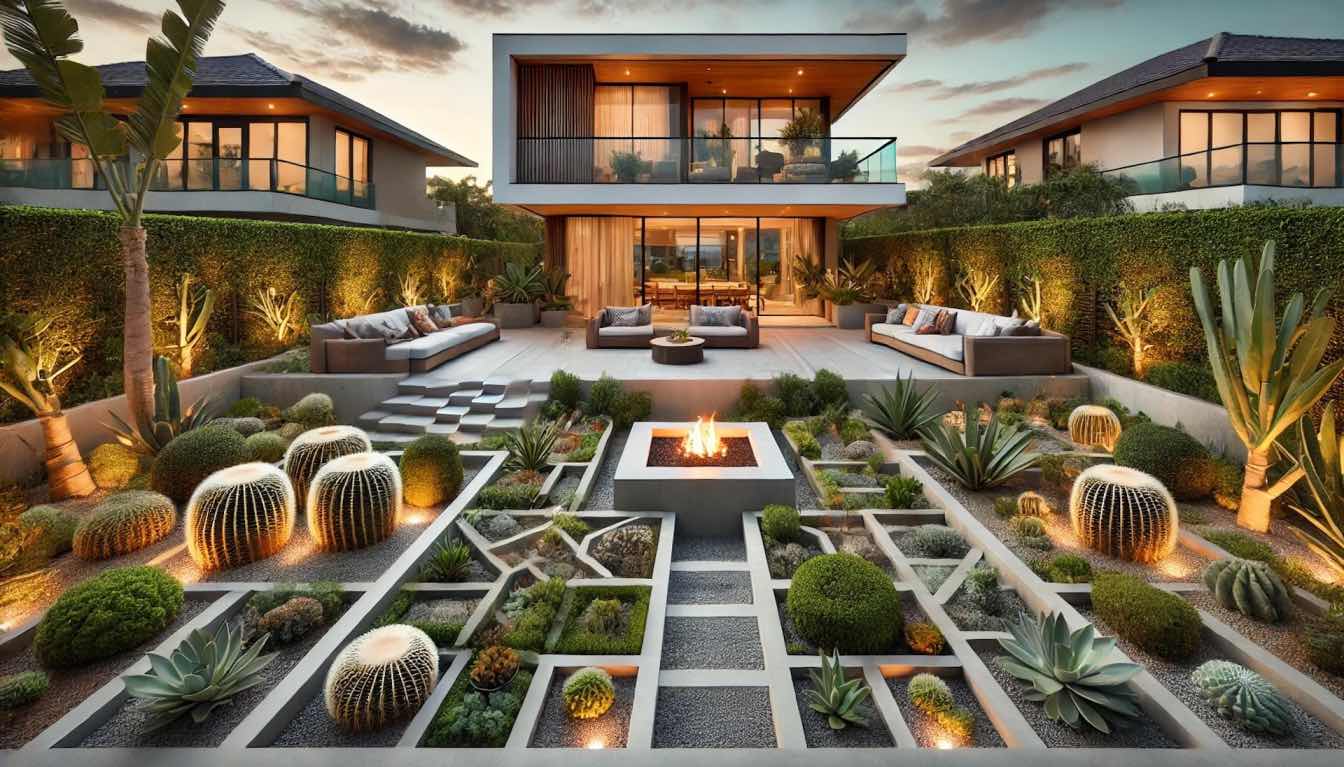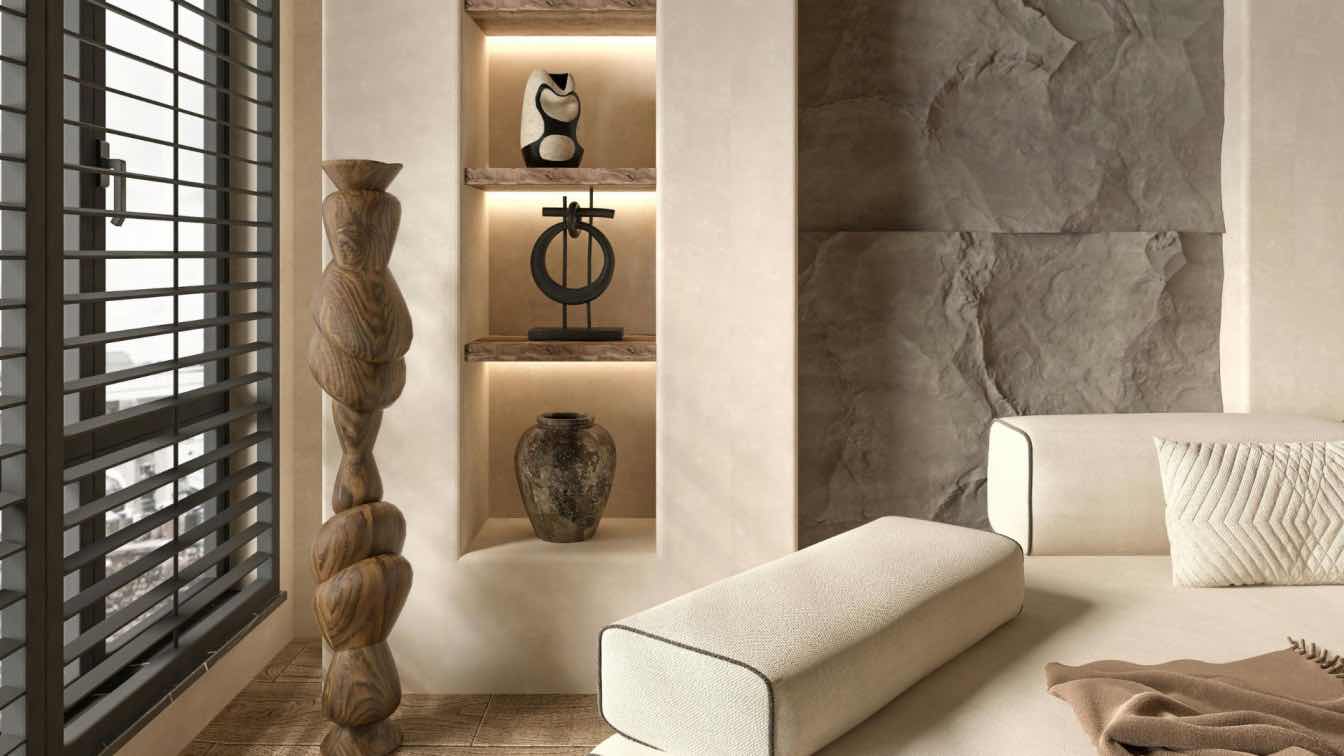Throughout history, architectural design has been central in shaping human civilizations. From the pyramids of Egypt to the columns of Ancient Greece, buildings from earlier times show both the technical skills and artistic tastes of their eras, as well as their cultural and societal values. As societies changed, so did their architecture, changing with new needs, technologies, and artistic trends. Architecture is important not just as shelter but also as a cultural symbol and a reflection of technological progress.
Exploring the history of architecture takes us through rich paths of creativity and innovation. Each historical period showcases human ingenuity, from the castles of the Medieval era to the modernism of the 20th century. This progress highlights the unique architectural elements of each time and examines the social, economic, and technological factors that drove these innovations. We will discuss everything from ancient architectural wonders to contemporary skyscrapers, showing how past designs influence future possibilities.
Ancient Architecture
The ancient world saw a major change in architecture, thanks to the Egyptians, Greeks, and Romans. These civilizations combined art and engineering to create structures that have lasted for centuries, showcasing their advanced skills. An architect in Houston might draw inspiration from these ancient techniques. Egyptian architects built massive pyramids and detailed temple complexes using limestone and granite for durability and grandeur.
The Greeks introduced the idea of aesthetic harmony and proportion, best shown by the Parthenon, which blends functionality with artistic beauty. The Romans, not to be outdone, transformed structural engineering with concrete, allowing them to build large amphitheaters and domed buildings like the Pantheon. These ancient architects' pioneering efforts laid the groundwork for modern architecture, influencing future generations with their innovative materials and designs.
Medieval and Renaissance Architecture
From ancient architectural innovations, the Medieval and Renaissance eras brought significant changes to building design, highlighting detailed aesthetics. Architects during these times focused on creating grand cathedrals, majestic palaces, and strong castles that were functional and symbolized power and religious devotion. These designs emphasized symmetry, proportion, and detail, often featuring pointed arches, ribbed vaults, and flying buttresses, especially in Gothic architecture.
Renaissance architecture reintroduced classical elements from Ancient Rome and Greece, such as harmonious proportions and domed roofs, seen in structures like Florence Cathedral. These iconic buildings still stand today, embodying timeless beauty and representing important cultural and historical stories, highlighting the era's shift towards valuing aesthetics along with functionality.
Industrial Revolution and Modernism
The Industrial Revolution brought a major shift in architecture, leading to the rise of Modernism. This period saw the use of new materials like steel and reinforced concrete, along with innovative construction techniques that allowed for the creation of buildings with clean lines and geometric shapes. The use of glass in building design not only changed the look of architecture but also improved the connection between indoor and outdoor spaces.
Visionaries like Le Corbusier and Frank Lloyd Wright were key figures, using these advancements to create designs that broke away from traditional norms. Their work laid the foundation for modernist architecture, known for its simplicity and functional form, unlike the ornate styles of the past. Le Corbusier’s idea of the house as a “machine for living” focused on minimalist structures that were practical and attractive. Wright's organic architecture promoted harmony between human living spaces and the natural environment, an idea that remains influential today.
Post-Modern and Contemporary Architecture
In recent years, post-modern and contemporary architecture have undergone significant changes. Architects now creatively combine sustainability with technology, influenced by both local and global cultures. Iconic buildings like the Burj Khalifa and the Guggenheim Museum in Bilbao showcase this era's diverse and creative designs. These structures do more than serve a purpose; they interact with their environment and community.
Although these designs use advanced materials and technologies, they also reflect a modern appreciation for traditional architectural forms and spaces. Committed to environmental responsibility, these works highlight eco-friendly practices, using energy-efficient methods and materials to set new standards. This trend marks a shift from earlier designs, creating a link between human habitats and the natural world, demonstrating the dynamic nature of architectural innovation.
Future Trends in Architecture
Architects are quickly adopting new technologies like 3D printing and using sustainable materials and smarter building systems. This shows the field's adaptability and a shift towards being environmentally and technologically aware. These trends align with broader cultural changes, allowing architecture to meet global needs more effectively.
By improving energy efficiency, reducing construction waste, and creating adaptable buildings, these factors are pushing the limits of architectural design. The combination of advanced technology and sustainable practices is set to define the future of architecture, making it both responsive and visionary.
The progression of architecture reflects the needs and values of societies throughout history. From the monumental structures of ancient civilizations to the innovative designs of the modern era, architecture has continuously adapted to incorporate new technologies and artistic trends. This path through architectural history highlights human creativity and technical prowess, illustrating how each period's unique contributions have shaped our built environment. As we look to the future, the integration of sustainable practices and advanced technologies promises to further transform architecture, ensuring it remains a vital and dynamic expression of our cultural and societal progress.





